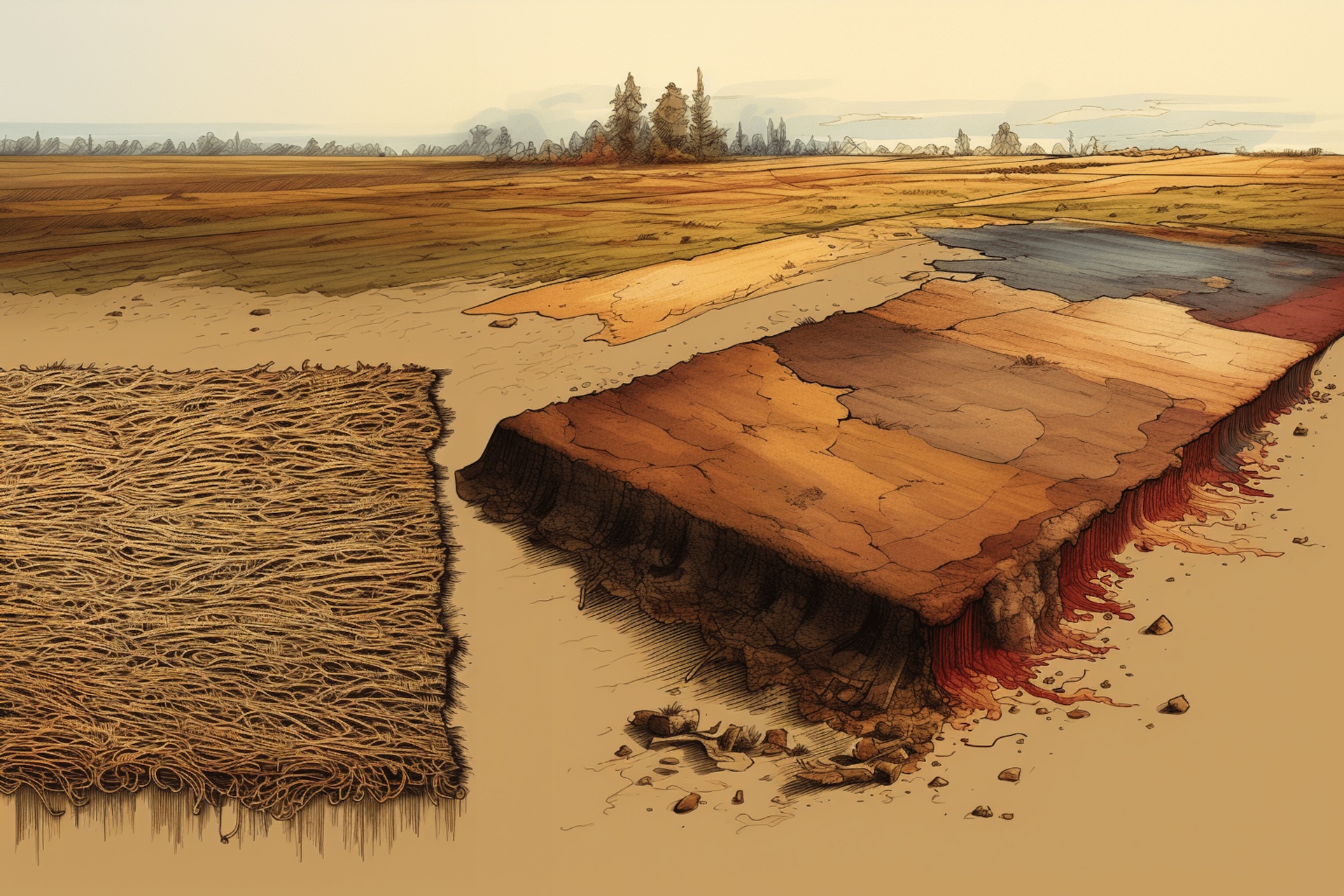


small beginnings



Almost everything we consume ends up in a landfill, including flooring. Over time, it becomes increasingly hard to recycle, and in some cases, downcycling is the only option. Sometimes products are made in faraway lands, which means more energy is required to transport the materials to their source. Landfill use and management are, therefore, a viable option for generating energy for future generations. With Bioloop, this option becomes a reality through accelerated biodegradation.
Most flooring products are made with complex polymers that remain in the landfill for up to 700 years. They consist of complex polymer chains that eventually break down, but it takes over hundreds of years. With Bioloop technology, the process of biodegradation is complete within several years. The ASTM D5511 test below demonstrates that the biodegradation of Bioloop carpet fibers (which make up 80% of the product) through anaerobic digestion biodegraded 13.6% in 214 days. The biodegradation of carpet with Bioloop versus carpet without Bioloop technology is rather remarkable. Instead of lingering in the landfill for eons, it can be transformed into energy very quickly.

BIODEGRADATION TIMELINE
Accountability and Responsibility
Carpet and flooring, in general, are among the largest contributors to landfills worldwide, and the responsible thing to do is to convert this inert component of the landfill, which does not easily biodegrade, into something that does. The by-products of this biodegradation include biomass (dirt) and methane, which is already being captured globally for use as renewable energy. Around the world, efficient energy-capturing techniques are already in use and creating sustainable energy sources that can power household cooking appliances and even rocket ships.
Our Bioloop-enhanced products blend elegance with environmental responsibility. They're designed to biodegrade efficiently, leaving a lasting impact on your lifestyle and a minimal one on the planet.








